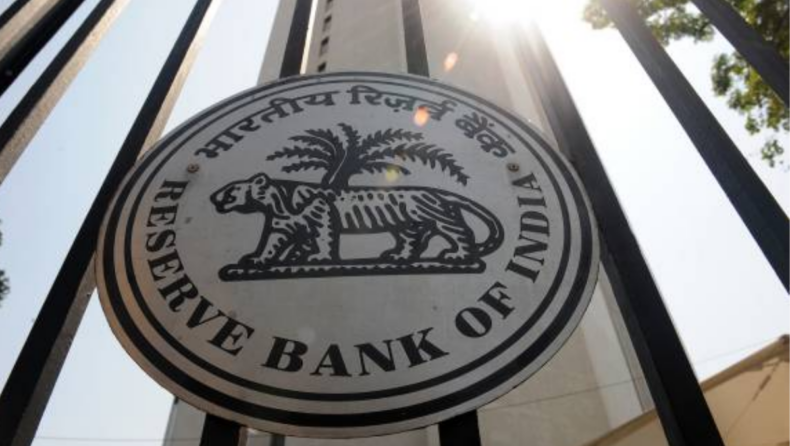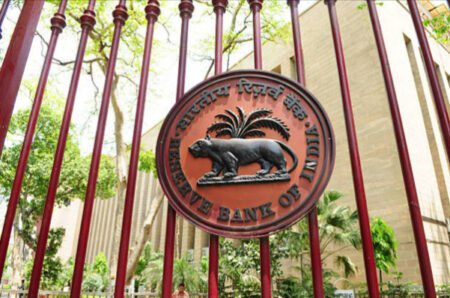SDF’s major goal is to manage inflation by reducing the system’s excess liquidity of Rs 8.5 lakh crore. The Reserve Bank of India launched the Standing Deposit Facility (SDF), a new instrument for absorbing liquidity with a 3.75 percent interest rate while keeping the reverse repo rate at 3.35 percent. Reserve Bank of India’s, Monetary Policy Committee (MPC) kept the key policy repo rate at 4% unchanged on Friday.
The central bank maintained its accommodative policy stance, but warned that it might become less flexible if inflation rises.

About Monetary Policy
The method through which a country’s monetary authority, usually the central bank, controls the supply of money in the economy through interest rate management in order to preserve price stability and achieve high economic growth is known as monetary policy. The Reserve Bank of India(RBI) is India’s central monetary authority, Its goal is to keep the economy’s price level stable.
SDF’s Function
Standing Deposit Facility (SDF), a major goal is to manage inflation by reducing the system’s excess liquidity of Rs 8.5 lakh crore.
The Reserve Bank was given the authority to create the SDF, a new tool for absorbing liquidity without any collateral when Section 17 of the Reserve Bank of India Act was revised in 2018. The SDF strengthens the monetary policy operational framework by removing the RBI’s binding collateral constraint. In addition to its role in liquidity management, the SDF serves as a tool for financial stability.
As the floor of the liquidity adjustment facility corridor, the SDF will take the place of the fixed-rate reverse repo (FRRR). Both the MSF (marginal standing facility) and the SDF (Standing Deposit Facility) will be open every day of the week, all year.

How will it work?
At this time, the SDF rate will be 25 basis points below the policy rate (Repo rate), and it will only apply to overnight deposits. It would, however, keep the flexibility to absorb longer-term liquidity if needed, with appropriate pricing. The RBI’s strategy is to reduce the magnitude of the system’s liquidity surplus to a level that is compatible with the current monetary policy stance.
Reverse repo rate
The 3.35 percent fixed reverse repo rate (FRRR) will remain part of the RBI’s toolset, and its operation will be at the RBI’s discretion for purposes defined from time to time. The FRRR, along with the SDF, will give the RBI’s liquidity management framework more flexibility, according to the RBI.
The issue of liquidity
The “exceptional” liquidity measures adopted in the aftermath of the epidemic, together with money pumped by the RBI through various other operations, have resulted in a liquidity overhang in the system in the order of Rs 8.5 lakh crore.
This has driven the system’s retail inflation rate higher. “Beginning this year, the RBI would engage in a steady and calibrated withdrawal of this liquidity in a non-disruptive way over a multi-year time frame,” RBI Governor Shaktikanta Das stated.
Published By:- Shubham Agarwal













